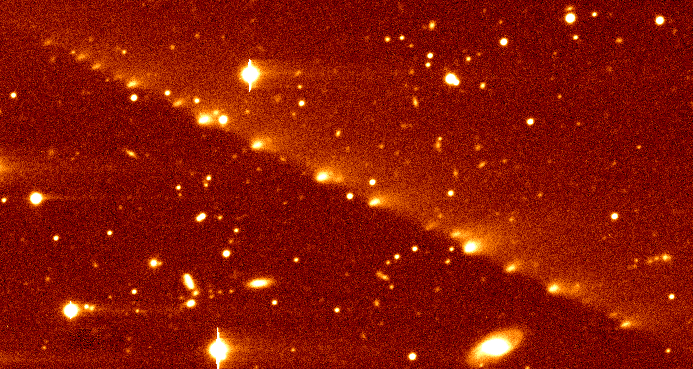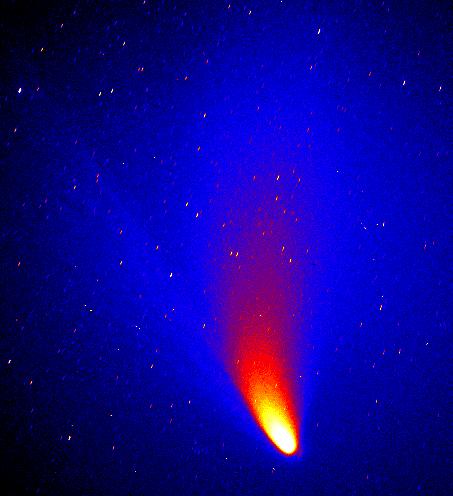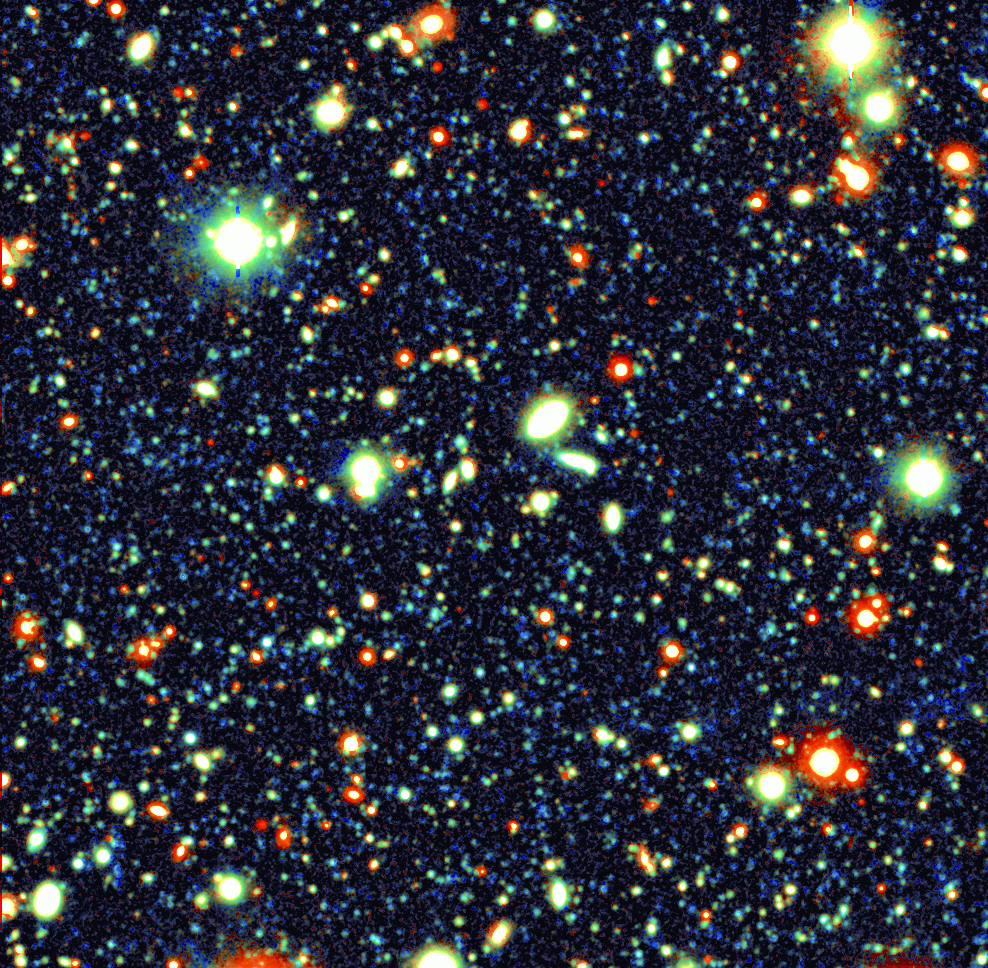 | |||
|
| Home > Public Information > Virtual Tour of the ING > ING astronomy |
AstronomyING TELESCOPES are used to study a wide range of astrophysical phenomena, including planets and comets in our solar system, stars and star clusters, distant galaxies and quasars and cosmology. These are some examples of work being done with the telescopes: Stellar systems
The evolution of stars can be modelled by statistical studies of the 100 billion stars in our galaxy, the Milky Way. At the end of their life stars often shed matter back into interstellar space, either through winds, as in the planetary nebula Abell 78 on the right, or in extreme cases through supernova explosions. Other galaxies Many astronomers visiting ING use telescopes to study galaxies outside the Milky Way. By taking images and spectra it is possible to determine how stars are distributed within other galaxies, and model how the galaxies rotate.
Where matter is attracted by the
strong gravitational forces associated with black holes, large amounts
of energy are released which can be seen and measured as intensely bright
light sources or explosions. Such activity has been found in the cores
of distant galaxies as well as around stars in our own galaxy. For example,
a spectrum of the nucleus of Messier 51 shows emission lines from the high-excitation
plasma.
Our solar system Our solar system contains not just the Sun and planets, but also a wide variety of other bodies. Of particular interest are comets, historically seen as harbingers of doom; more recently it has been suggested that the dinosaurs might have been wiped out as a result of a comet colliding with the Earth. Understanding the origin and nature of comets may be important for understanding the history of life on Earth. On the left are the fragments
of comet Shoemaker-Levy 9, which made the news in 1994 when they collided
with the planet Jupiter. On the right is comet Hale-Bopp, dominant in the
night skies in early 1997. Shoemaker-Levy 9 picture was taken by Jacobus
Kapteyn Telescope and Hale-Bopp picture by CoCAM
Camera
, the wide field imaging facility of ING.
Cosmology Images taken with long exposures at the WHT reveal galaxies so distant that their light has taken thousands of millions of years to reach us. By studying such galaxies, astronomers are able to look back in time to observe the Universe soon after its creation.
|
| Top | Back |
|






